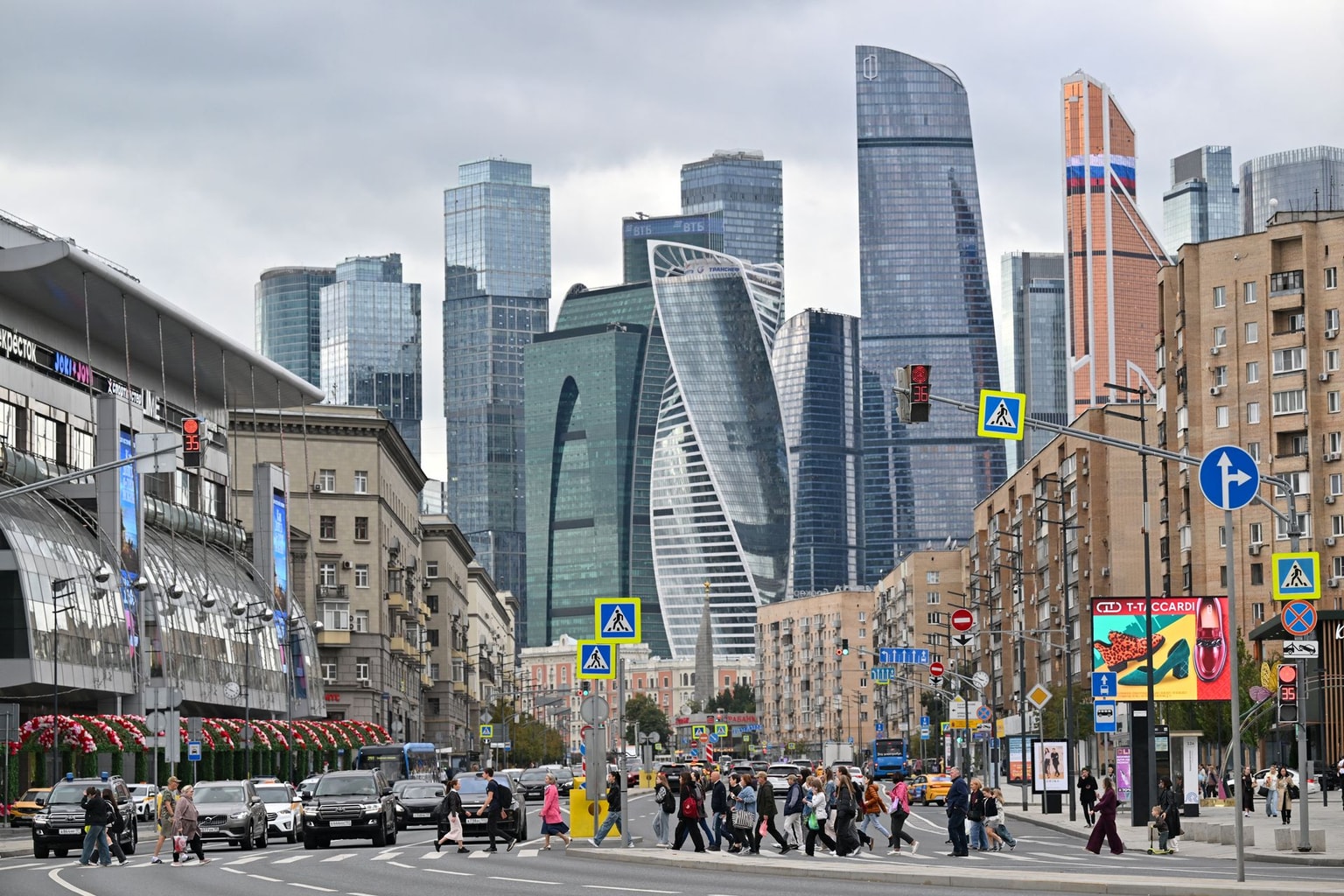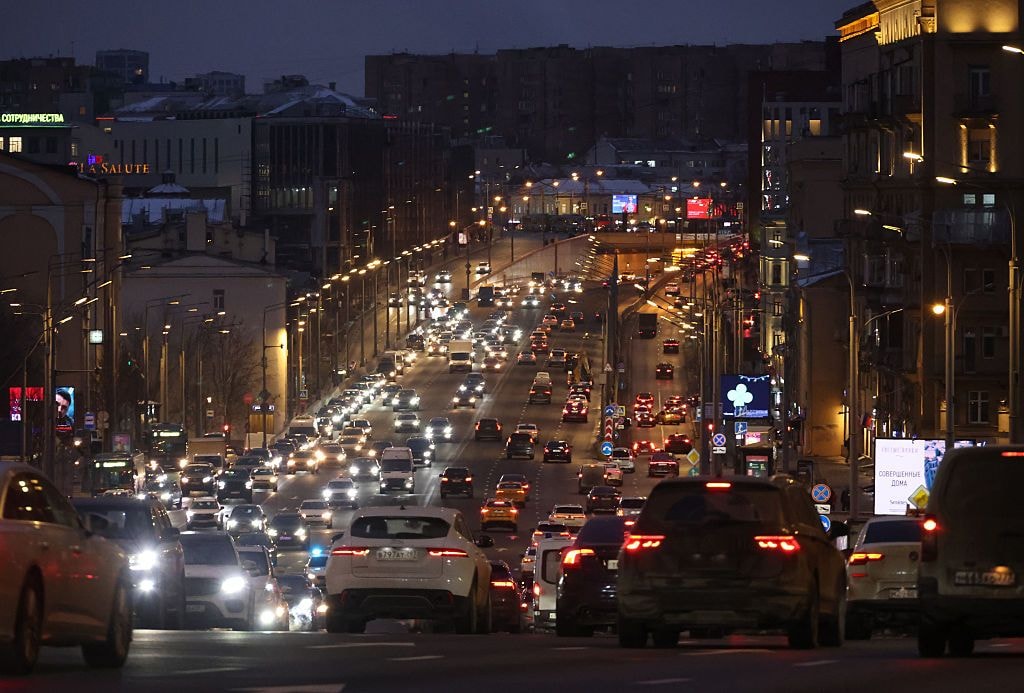European defense plants growing 3 times faster amid Russia's full-scale invasion of Ukraine, FT reports

European defense factories are expanding at triple speed since Russia launched its full-scale invasion of Ukraine in 2022, the Financial Times (FT) reported on Aug. 12, citing its analysis of satellite data.
The news comes as European countries race to strengthen their defense industries, both to bolster their own security and Ukraine's defenses in the face of Russian aggression.
The FT identified 7 million square meters of new industrial development after tracking changes at 150 facilities across 37 companies, namely those associated with ammunition and missile production.
The most extensive expansion was recorded at the ammunition and production site in western Hungary, a joint project of Hungarian state defense company N7 Holding and German defense firm Rheinmetall, the news outlet reported.
The Varpalota facility is meant to produce ammunition for the KF41 Lynx infantry fighting vehicles, 155 mm artillery shells, and Leopard 2 tank ammunition, Rheinmetall has said.
Rheinmetall, Germany's largest defense contractor — known for producing armored vehicles, ammunition, and other military equipment — has seen its stock price surge 1,000% amid a defense spending drive following Russia's full-scale invasion of Ukraine.
The defense giant has played a key role in producing arms for Kyiv and opened its first military vehicle factory in Ukraine last year, with plans to open four defense plants in the war-torn country in total.
The FT also identified expansions at 20 sites supported by the Act in Support of Ammunition Production (ASAP), an EU program under which Brussels allocated 500 million euros ($580 million) for boosting ammunition production.
Most of the companies declined to comment for the news outlet, citing security concerns.
Since the outbreak of the full-scale war in Ukraine, the European defense industry has faced criticism for its cumbersome and lackluster performance, with industrial bottlenecks hampering the speedy delivery of arms and ammunition to Kyiv.
Efforts to boost defense spending gained fresh urgency after U.S. President Donald Trump, who has repeatedly criticized Europe for underspending on defense, returned to the office in January.
The NATO summit in The Hague in June, the first one during Trump's second term, saw the allies agree to raise the defense spending benchmark from 2% to 5% — with military aid to Ukraine potentially counting toward the new goalpost.
Separately, the EU unveiled its new ReArm Europe program, aiming to raise an additional 650 billion euros ($750 billion) in defense spending and 150 billion euros ($170 billion) in loans for defense investments.
EU Defense Commissioner Andrius Kubilius said that member states can use these funds to provide Ukraine with weapons and invest in the country's defense industry.











